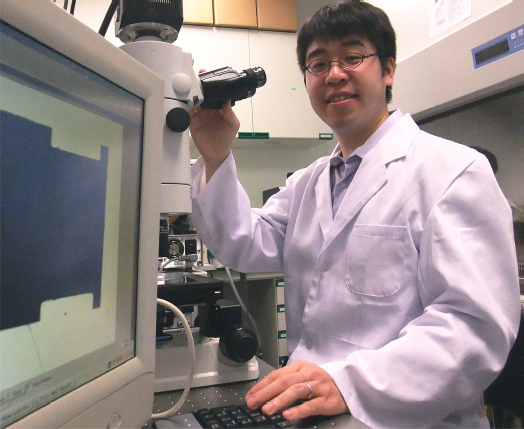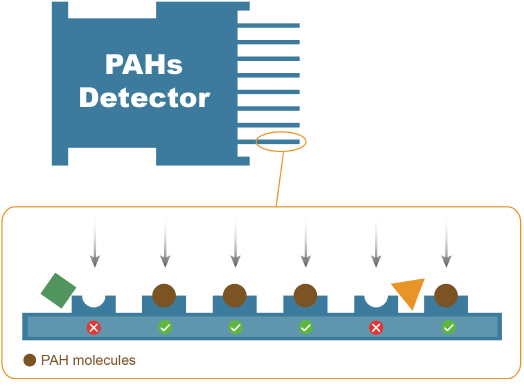Detecting a Silent Killer

Pollution is silent and, in many cases, invisible – but in its worst forms causes sickness, respiratory problems, even premature death. So it is welcome news indeed that a Hong Kong team has discovered a new method of detecting one family of pollutants.
Hong Kongers may be used to the pall of smog that falls across the city from time to time, obscuring sights as scenic as Victoria Harbour and the Peak. But they are often unaware that the visible portion of pollution, in the form of particulates, is only part of the story.
Polycyclic aromatic hydrocarbons, or PAHs, are invisible organic compounds formed from the incomplete combustion of materials like fuel. Vehicle and ship exhaust, as well as waste-disposal systems, are some of the chief sources of the emissions.
The Agency for Research on Cancer has established that 16 common PAHs are mutagenic or carcinogenic. But until now, the only way to track them was by high-performance liquid chromatography, an expensive and time-consuming process.
The solution? Invent better materials! A team led by CUHK materials scientist Jianfang Wang, a specialist in tiny nanoparticles and nanostructures, has developed a new set of compounds that can absorb infrared light and re-emit it as visible light.
Now a team led by Douglas Yung Pun-to from the Department of Electronic Engineering at The Chinese University of Hong Kong has invented another technique for detecting the presence of PAHs.
Their innovation uses a sensor tipped with very small cantilevers to measure the level of PAHs in the air. Chemists synthesize different polymers to detect the PAHs based on shape, size and chemical functionality. Each cantilever is coated with a certain polymer designed to bond to a specific PAH molecule, in much the same way that the human’s defense system attaches antibodies to target specific antigens.

The polymers on the surface of the microcantilevers bind to PAH molecules, which the machine then detects thanks to the heavier weight of the molecules and the cantilever as a whole, or by resonance-frequency changes in the cantilever’s movement.
This allows for the creation of a portable field-deployable device for monitoring that form of pollution. Hong Kong’s existing air quality health index reports only pollutants such as nitrogen dioxide, sulphur dioxide and breathable particulates. But Yung’s team hopes it will start incorporating PAH levels as well.
The microcantilever system for detecting PAHs also allows for breath diagnosis of their presence, using biomarkers for on-the-spot testing. Together with the portable detection machine, they significantly reduce the time and cost involved in detecting these harmful pollutants.
by Alex Frew McMillan






